Nest Box Cleaning Wrap Up 2025
We’ve wrapped up another round of Western Screech Owl (WESO) nest box cleaning, and they’re ready for nesting season!
Every year, HAT staff and our wonderful volunteers head out into the forest to check and maintain nest boxes that are in place to support the Western Screech Owl. These yearly cleans are essential to ensure the boxes are ready as nesting season approaches.
While these boxes are designed for owls, they often become prime real estate for grey squirrels, who pack them full of nesting material. Unfortunately this makes the boxes unusable for the WESOs, who nest in tree cavities excavated by woodpeckers, and require empty boxes for raising their young. Our maintenance efforts involve cleaning out the debris and ensuring boxes are in good shape - giving the owls a safe place to nest.
This work wouldn’t be possible without our dedicated volunteers, who play a crucial role in the success of the Western Screech Owl monitoring program. Volunteers help us ensure nesting sites are safe and suitable for these special owls. Their passion, time, and commitment make a real difference! We are incredibly grateful to their dedication to this important cause. We hope you enjoy these photos taken from our days out in the field!

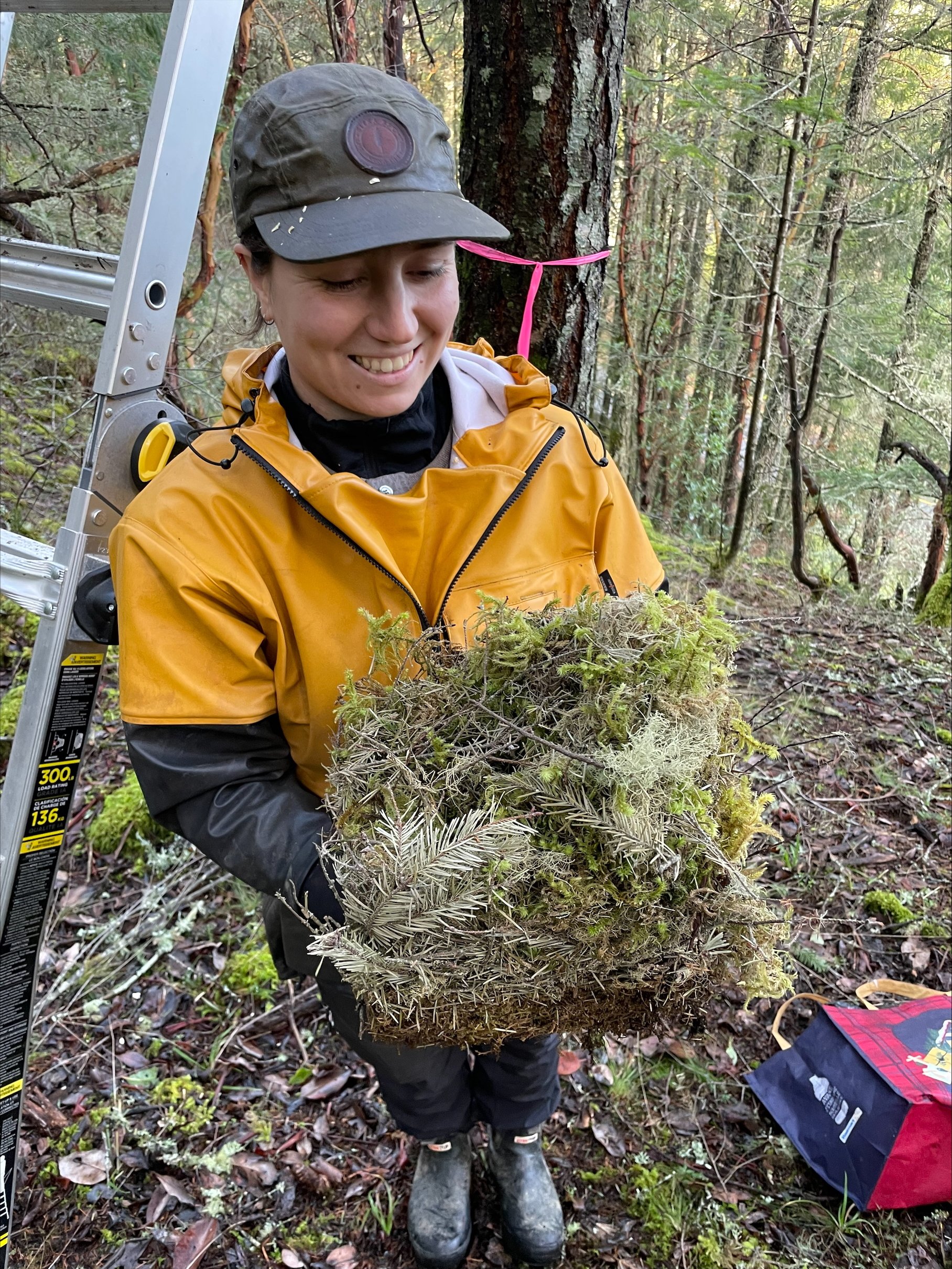

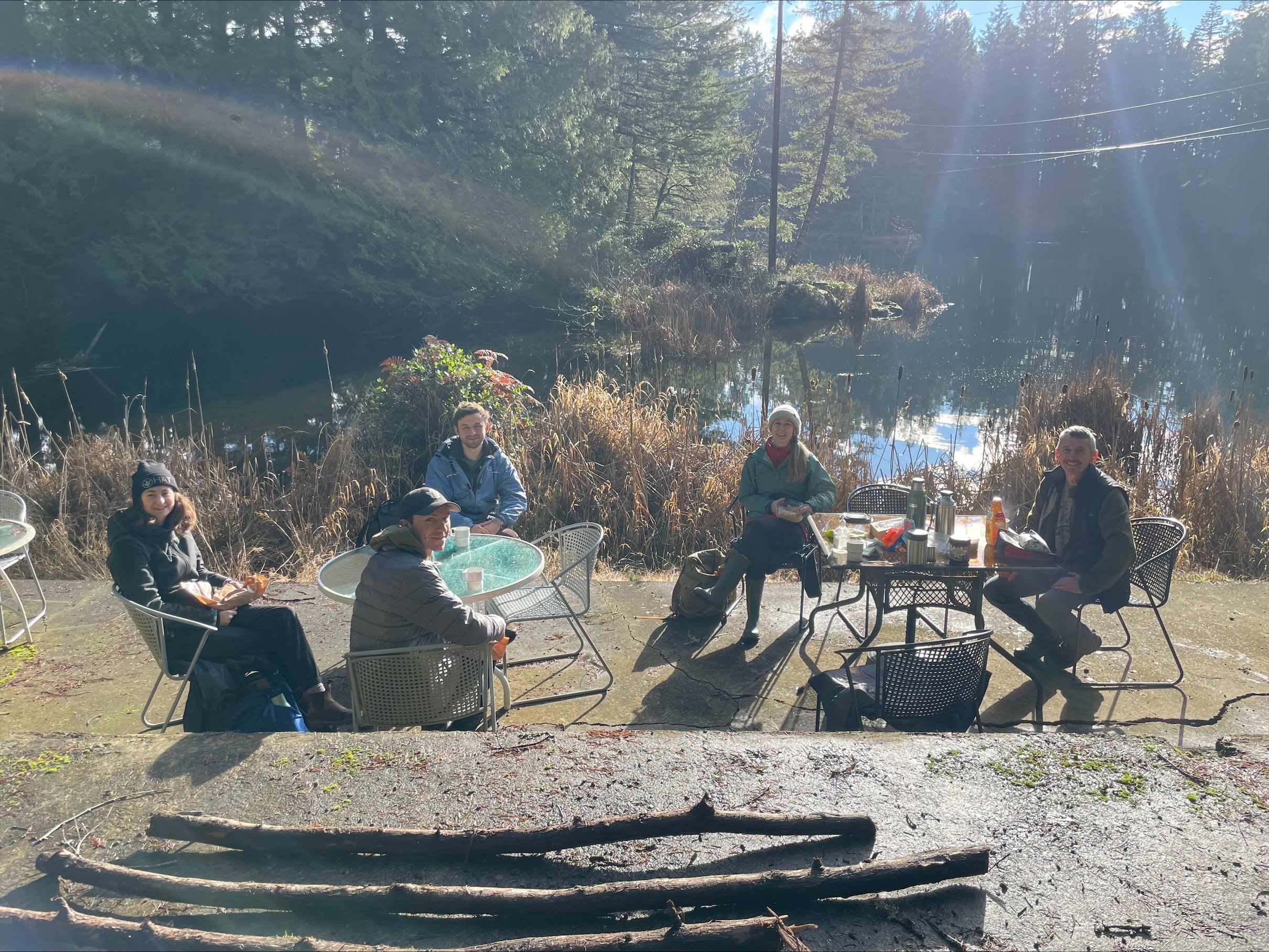
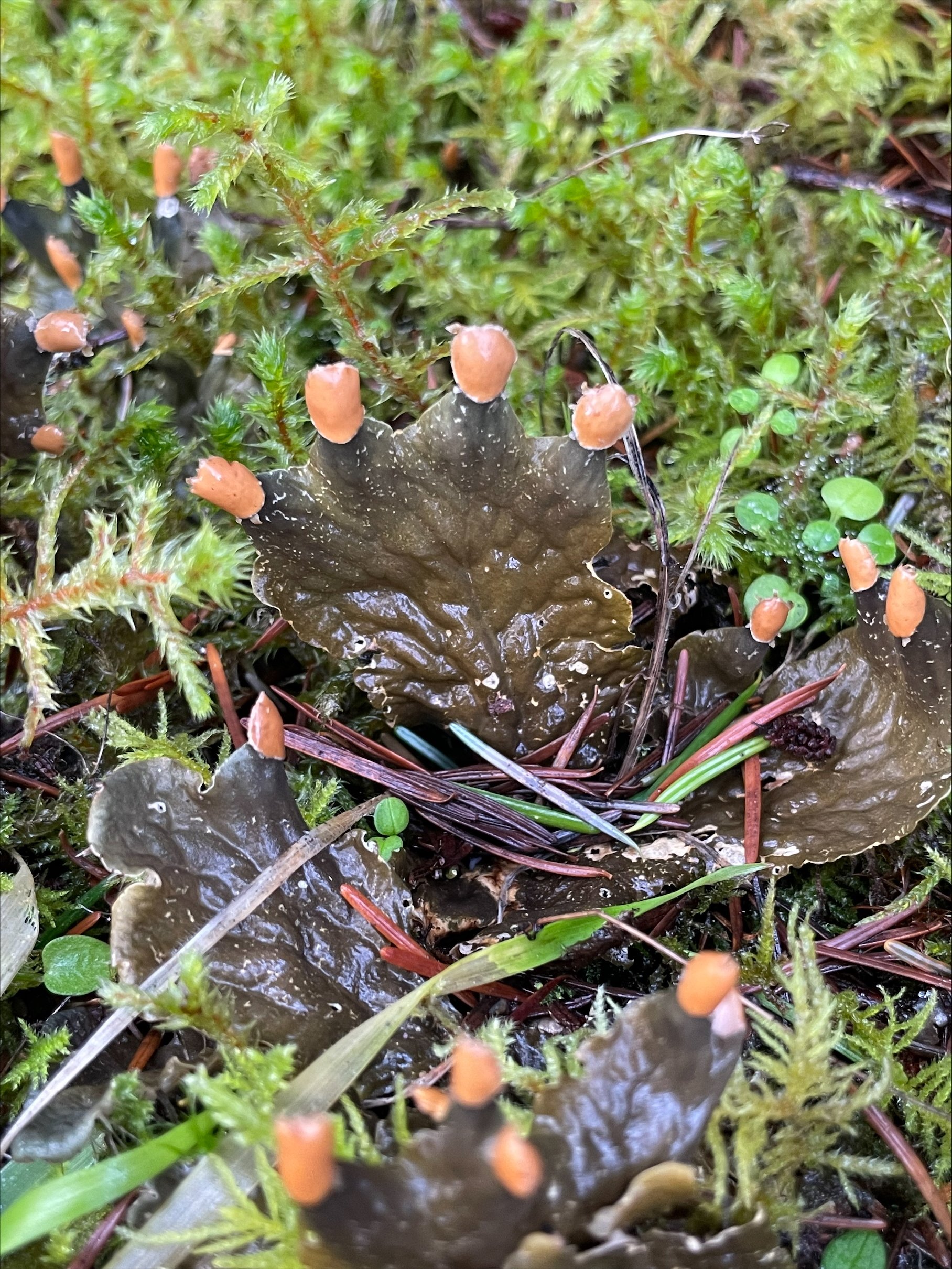
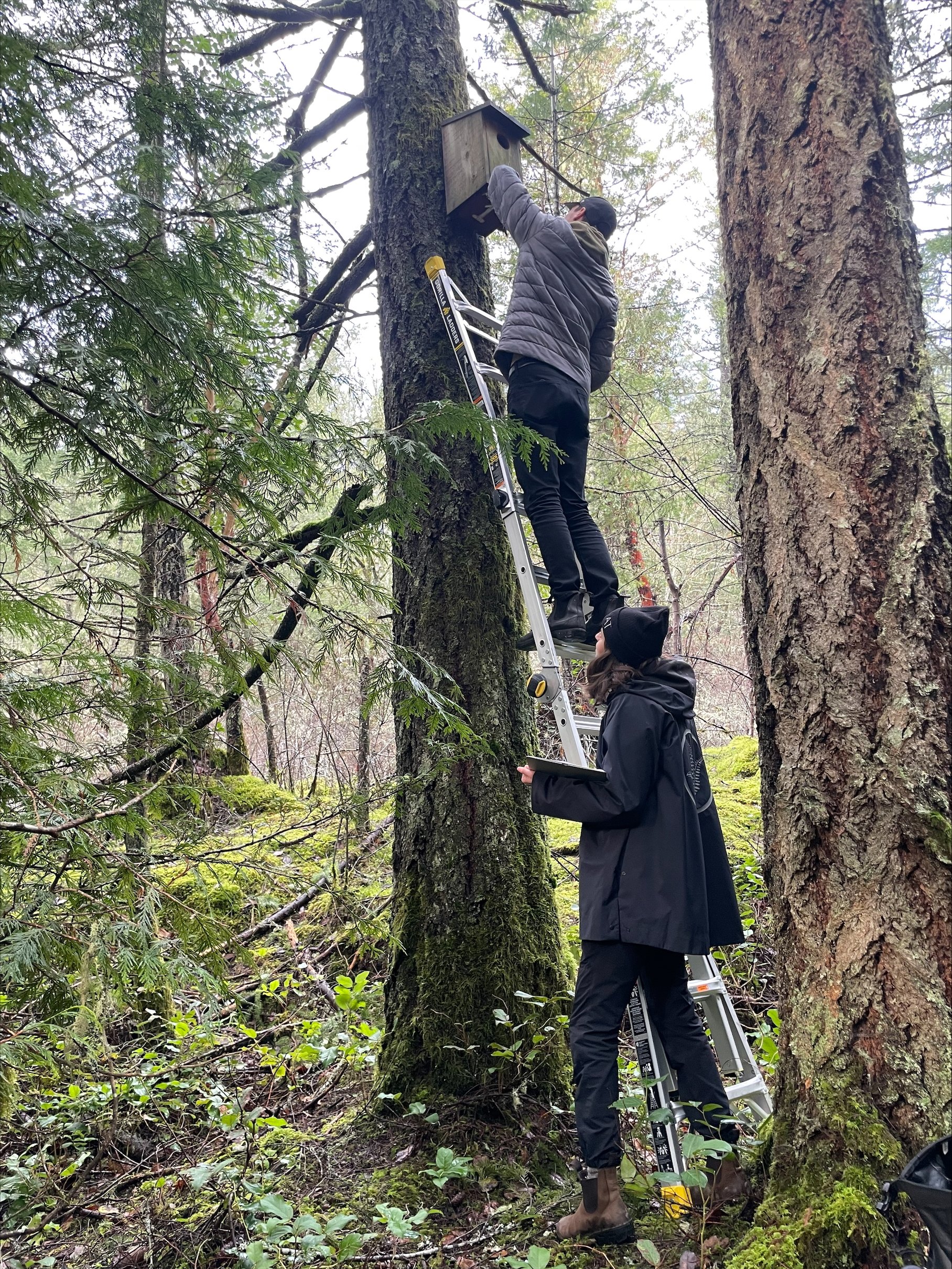
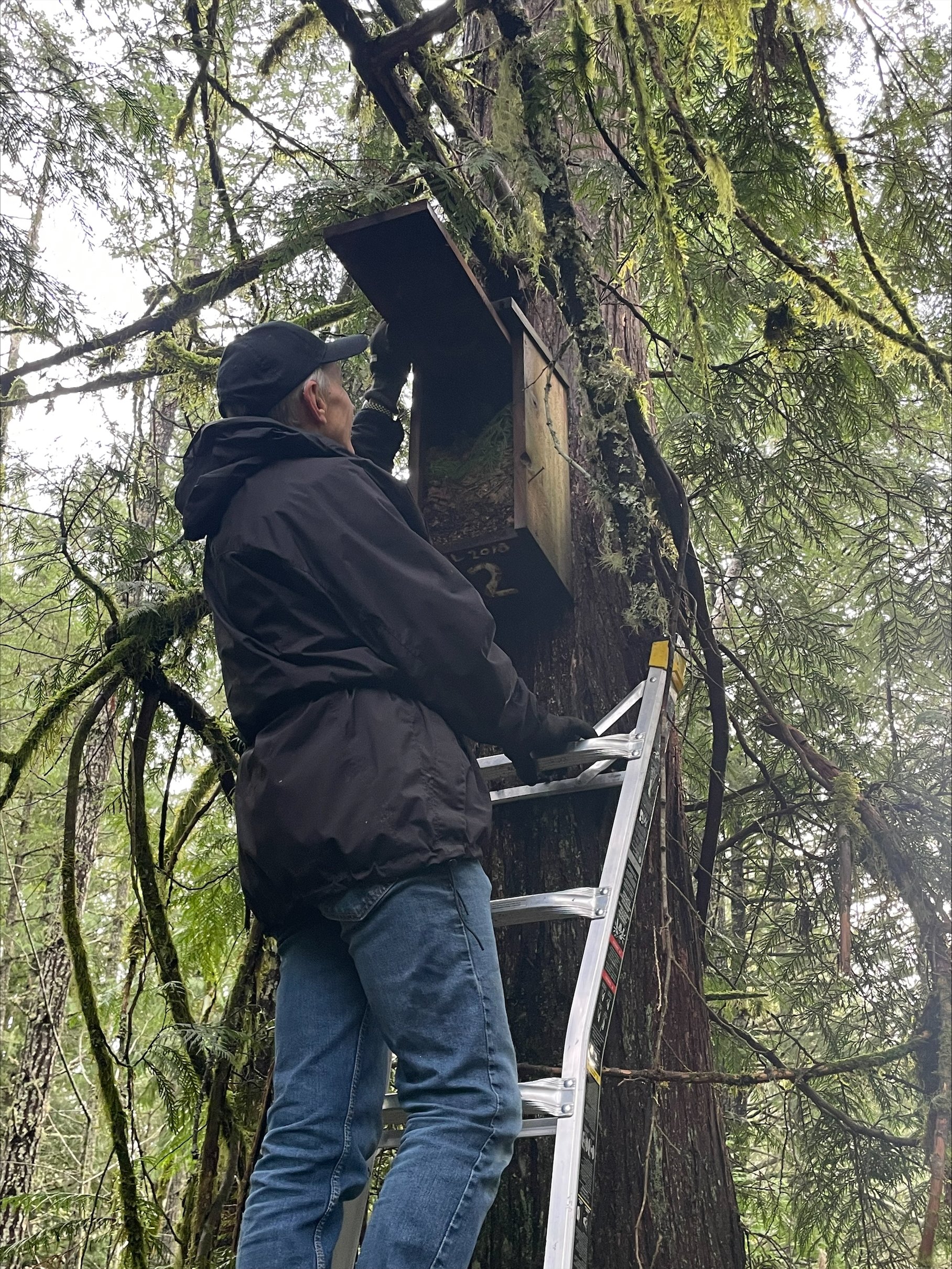

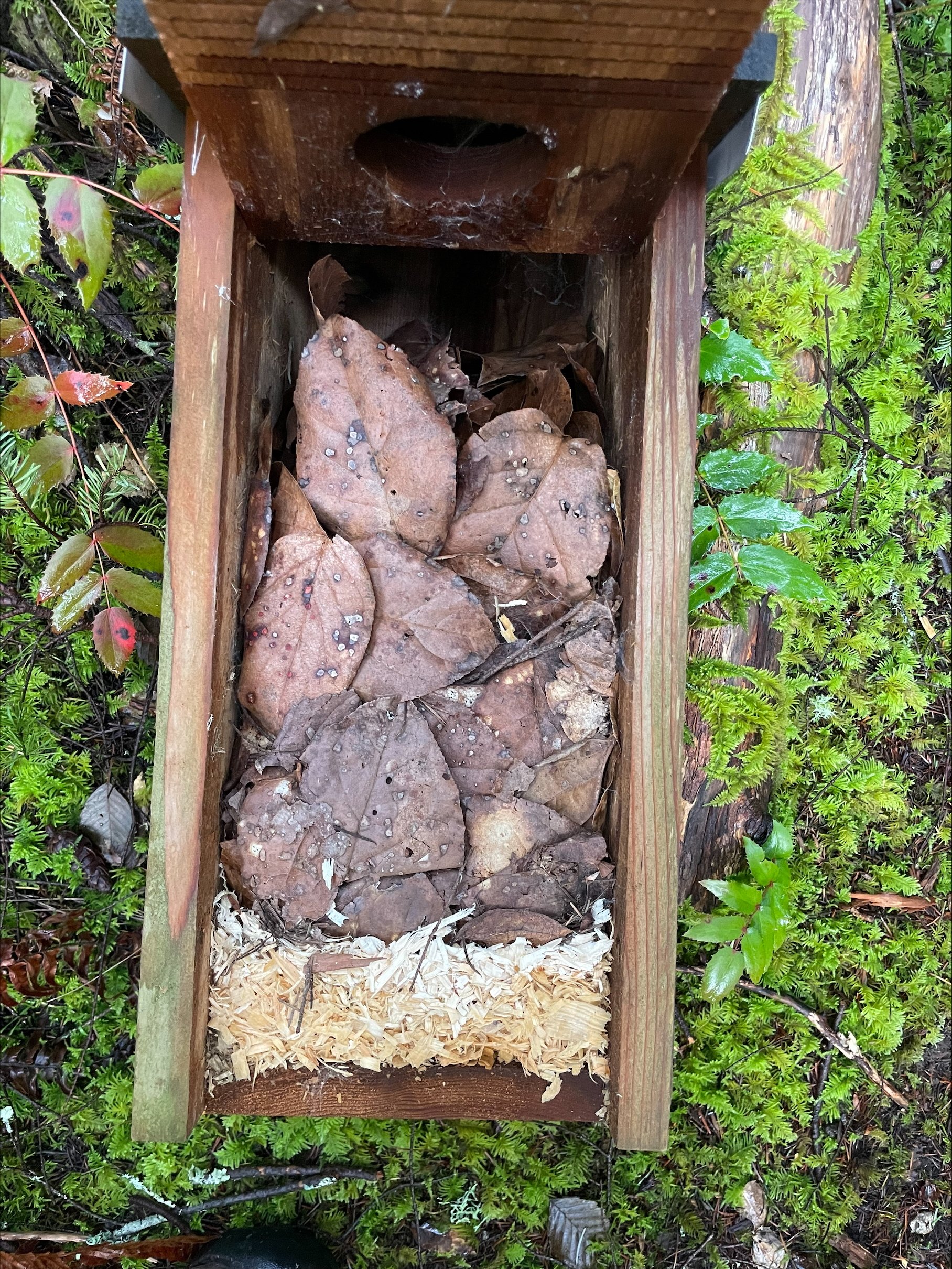
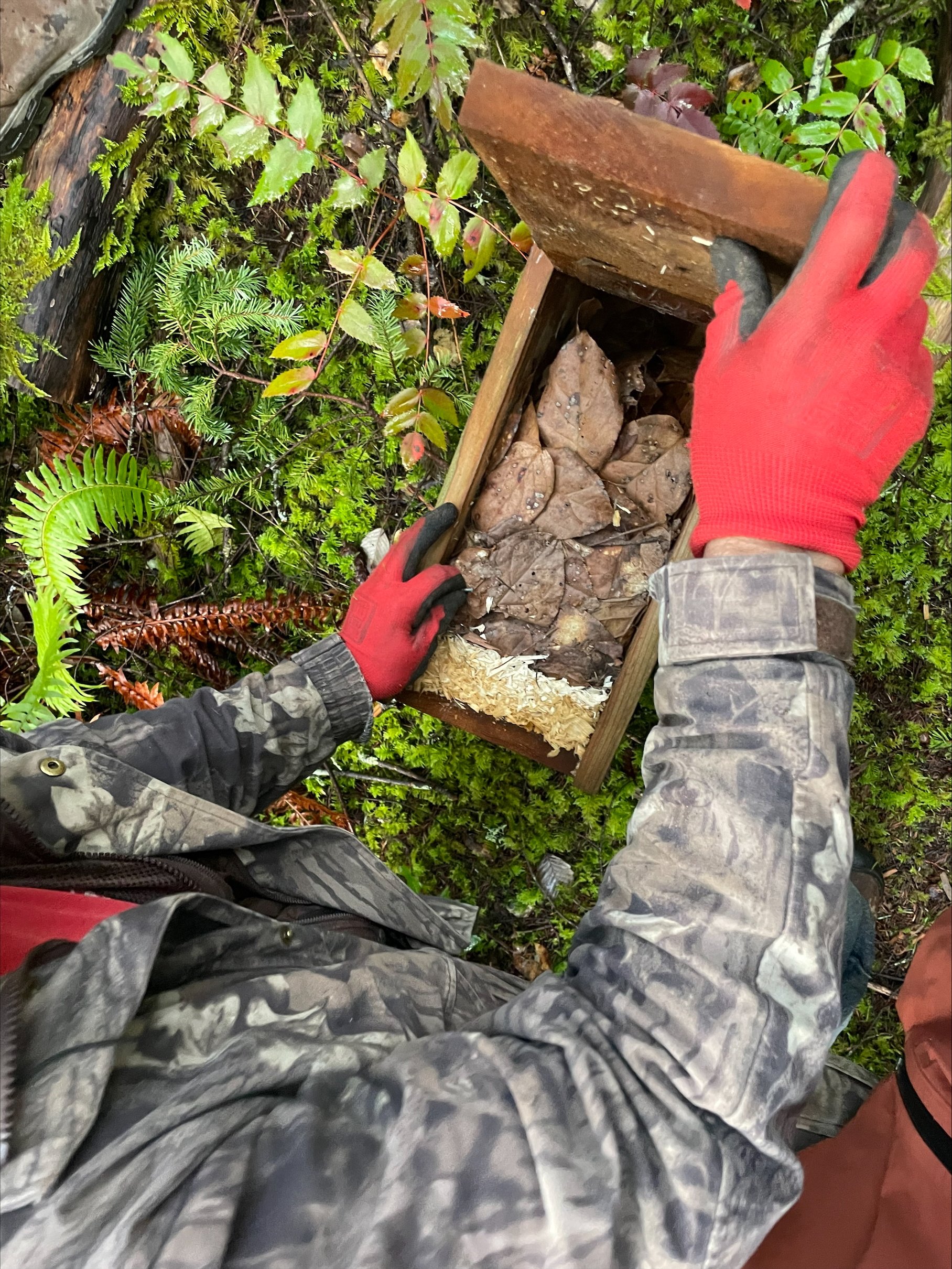
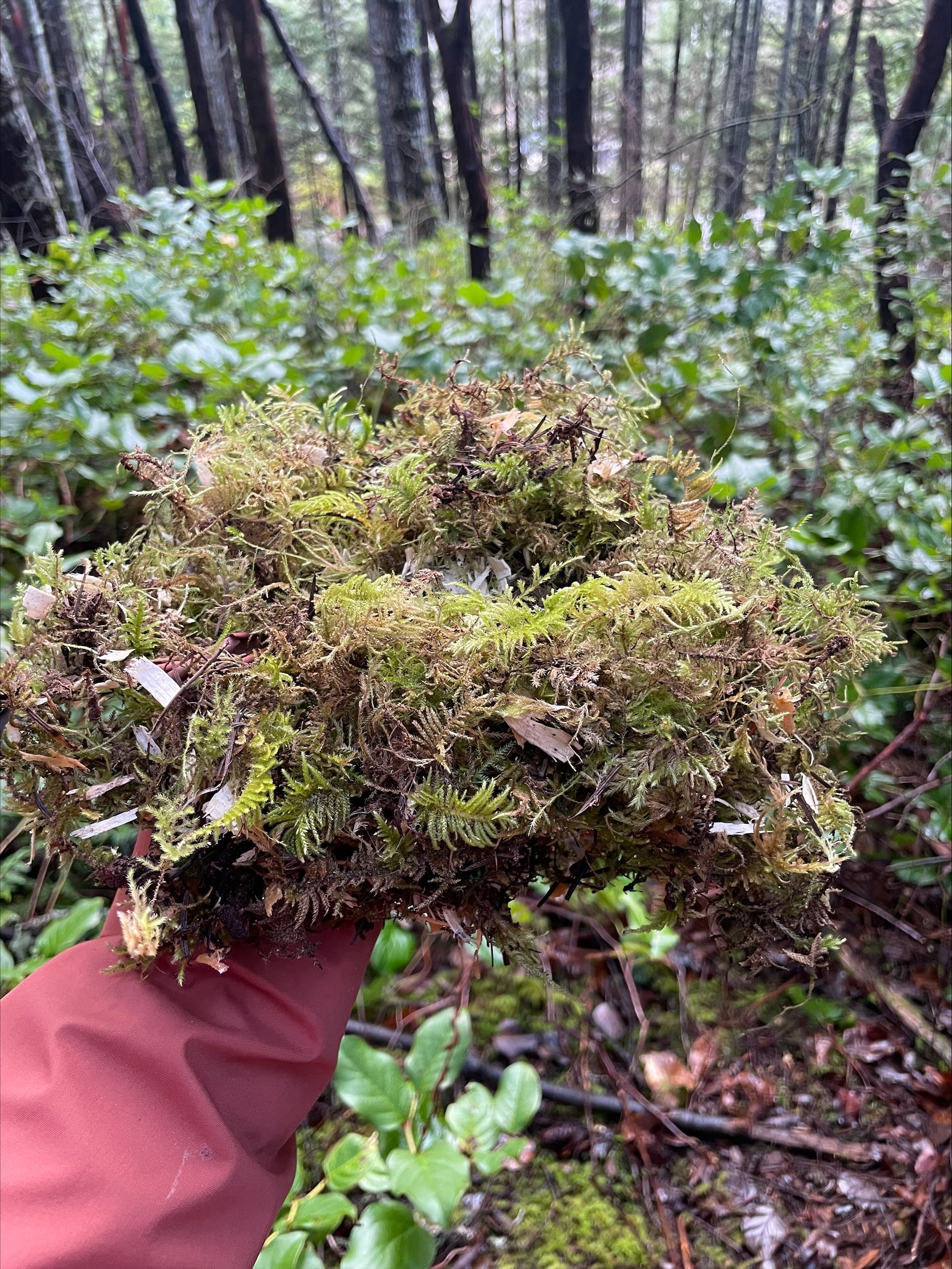
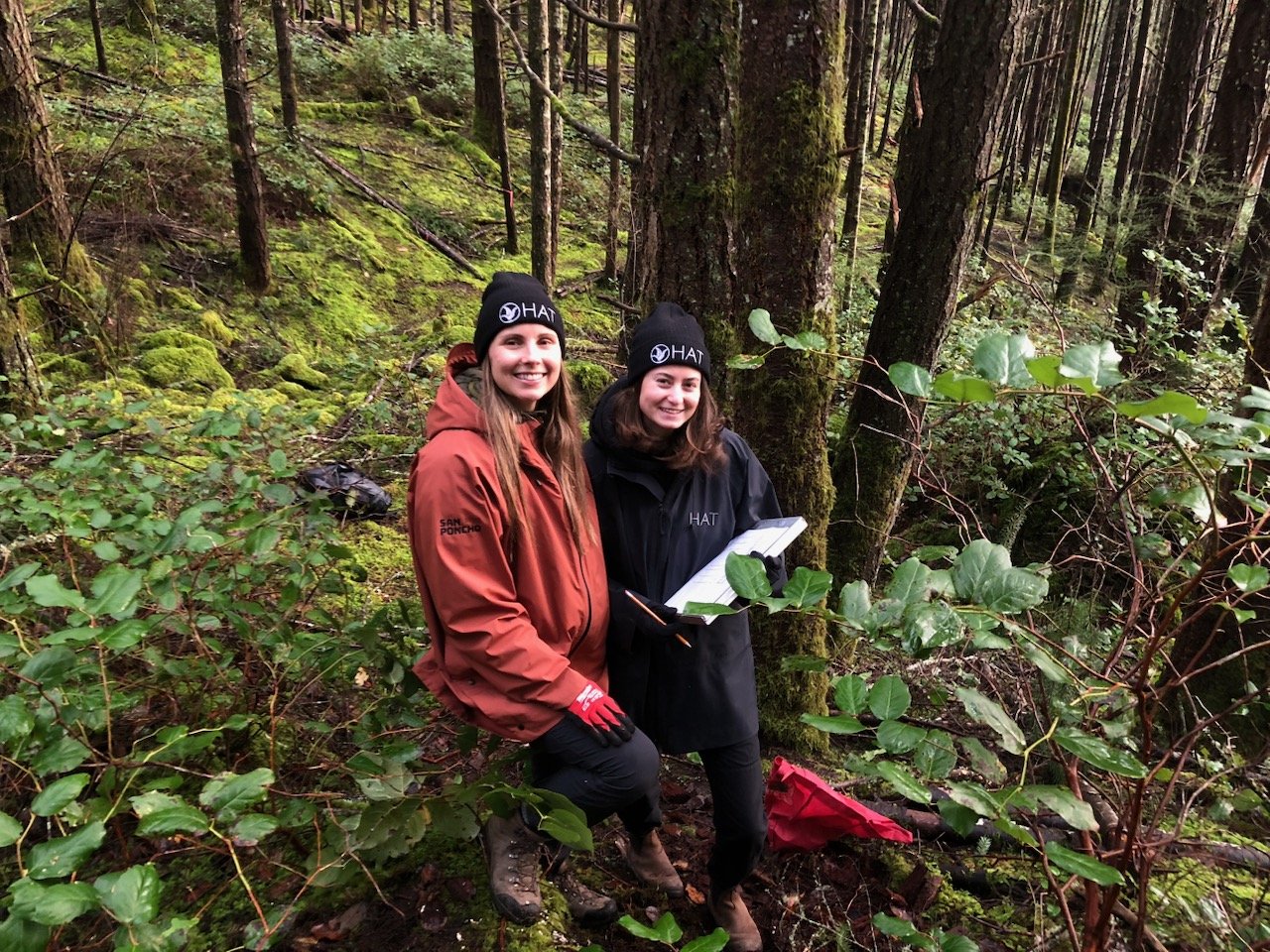
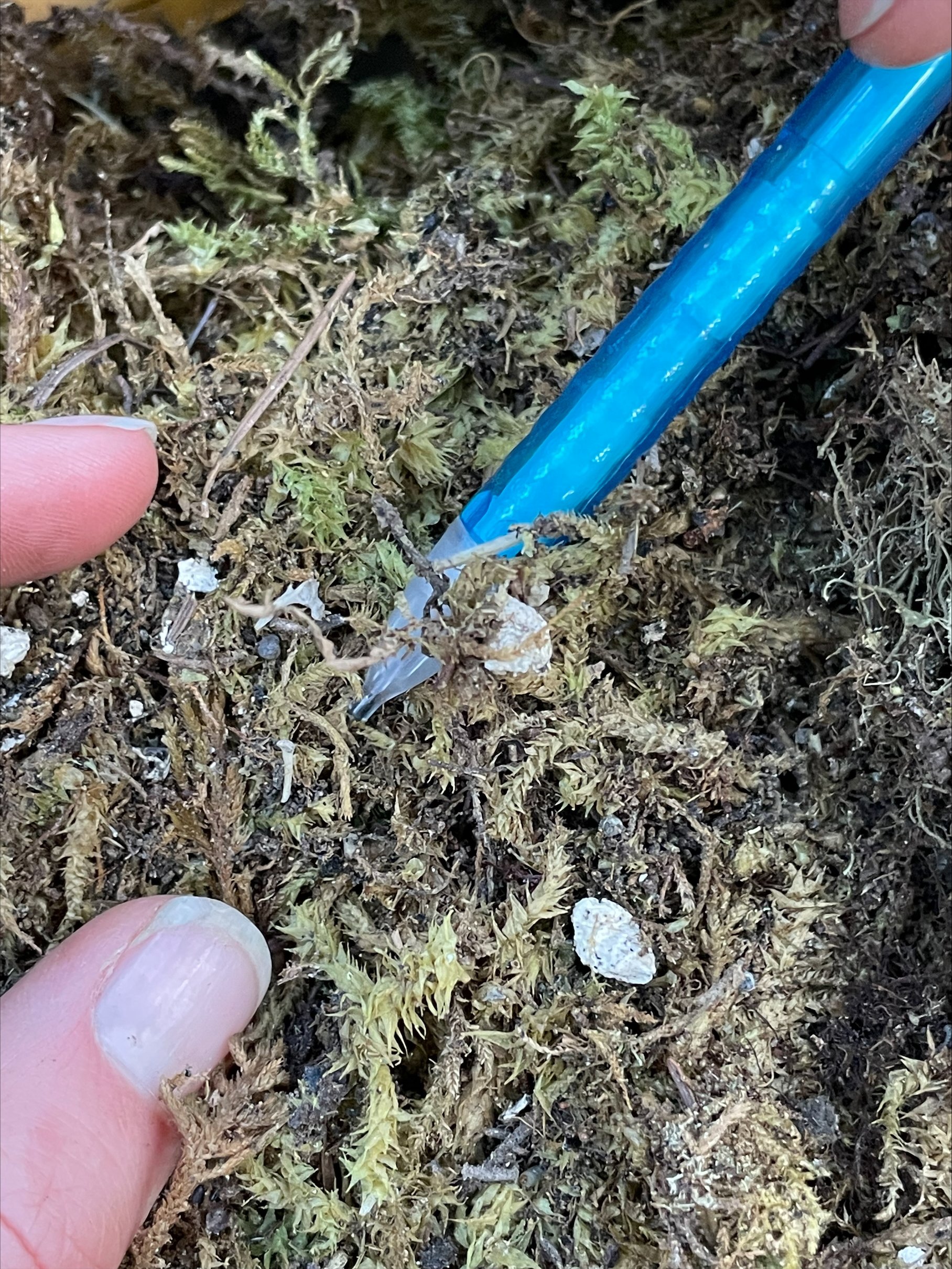
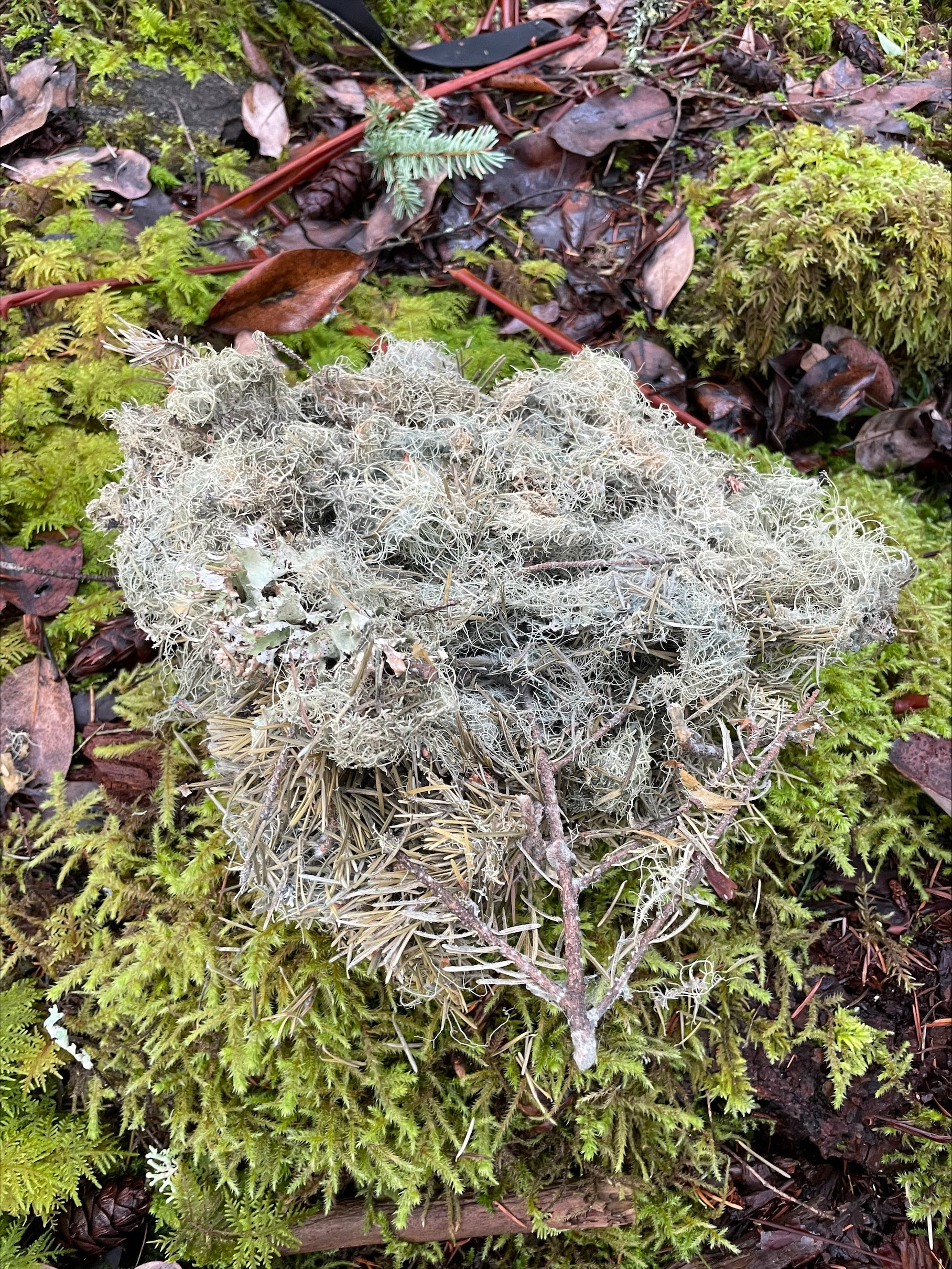



The Coastal Western Screech Owl population in Greater Victoria has declined by over 90% in the past decade and is listed as a Species of Special Concern under the federal Species at Risk Act. Urban expansion has led to significant habitat loss, and increased predation by Barred Owls has further threatened their survival.
How You Can Help
Report Sightings – If you hear or see a Western Screech Owl, let us know! Your reports help us monitor their population.
Preserve Wildlife Trees – Dead trees provide essential habitat for owls and other birds. If a tree poses a safety risk, consult an arborist about leaving a tall stump instead of removing it entirely.
Install a Nest Box – If you have suitable habitat, consider putting up a Barred Owl-resistant nest box for WESOs.
Be Mindful with Owl Calls – Learning owl calls is a great way to familiarize yourself with different species, but avoid playing recordings in the wild, as this can attract predators.
Volunteer with Us – Join HAT’s Western Screech Owl Monitoring Program and help protect these incredible birds!
Learn more about the Western Screech Owl and our conservation efforts here: HAT's Western Screech Owl Page
